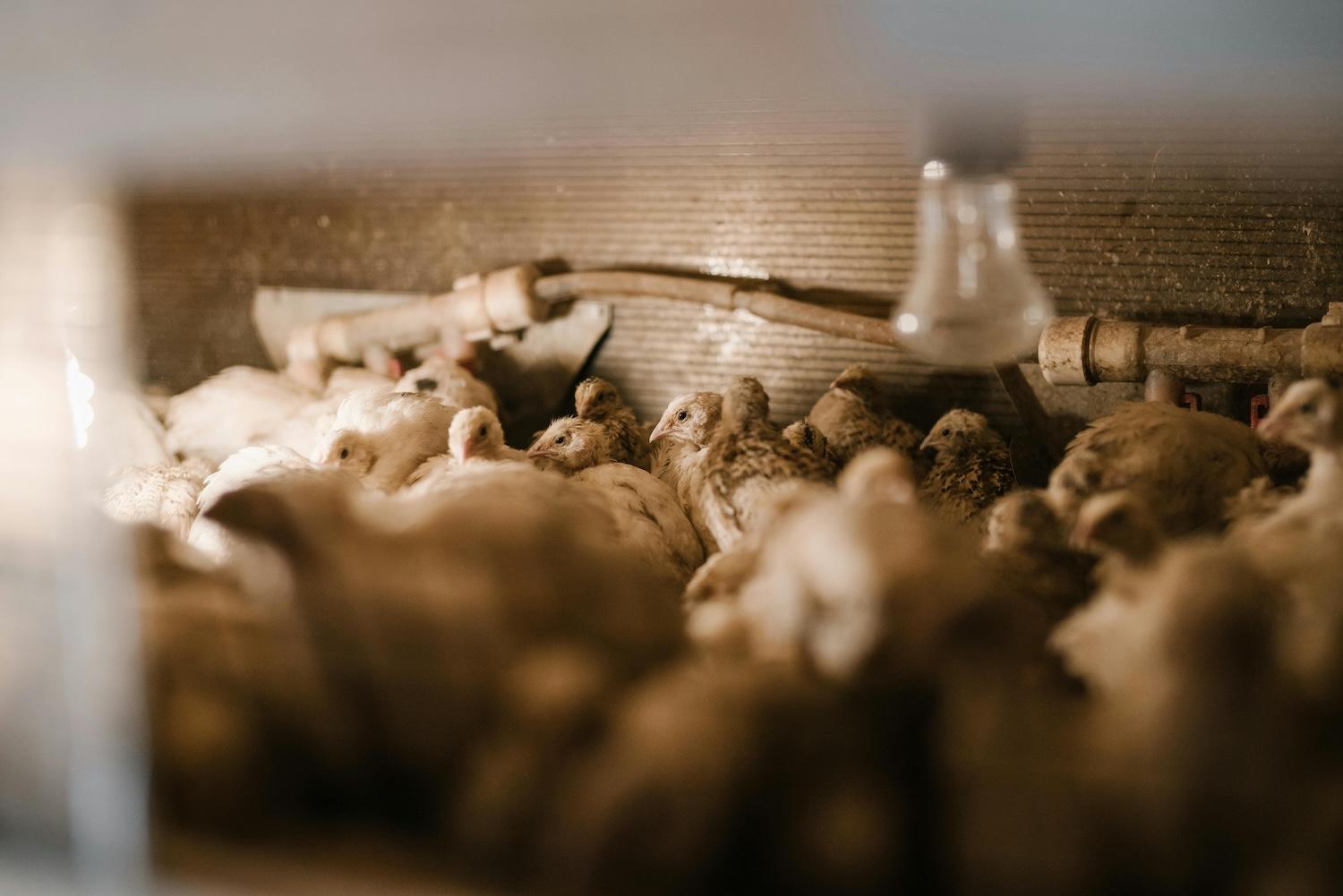Watching a chick hatch is magical—but understanding how it happens turns curiosity into science. Incubation projects bring biology, physics, and data collection together in one small, living system. Every egg becomes an experiment where students learn how temperature, humidity, and time interact to support life.
For what students observe after hatch, see Life Cycle of a Quail: What Kids Learn from Watching an Egg Hatch.
🌡️ The Science Behind Incubation
Inside an incubator, a fertilized egg becomes a controlled environment—balancing heat, moisture, and air exchange over 17–18 days. For most quail species, even slight changes can affect development or hatch rate.
Key parameters (Canadian Journal of Animal Science, 2024; North Carolina Cooperative Extension, 2024):
- Temperature: 99.5°F (37.5°C)
- Humidity: 45–50 percent for most of incubation; increase to 60–65 percent in the final days
- Turning: At least three to five times daily to prevent the embryo from sticking to the shell
- Ventilation: Steady airflow, avoiding drafts
These conditions mimic what a parent quail maintains naturally. In class, the incubator becomes a working model of feedback systems and energy transfer, demonstrating how engineering and biology intersect.
Students quickly see that even small deviations—like a half-degree of heat or too much moisture—can alter the outcome, making this one of the clearest examples of systems science in agriculture.
🔬 Inside the Egg: Day-by-Day Development
Embryology gives students a front-row view of how complex life forms inside a shell (Poultry Science, 2024).
- Days 1–3: Heart and circulatory system begin forming.
- Days 4–10: Major organs and limbs develop; visible on candling.
- Days 11–15: Beak, feathers, and claws appear.
- Days 16–18: The chick positions to “pip,” or break through the shell.
Candling—a gentle method using a flashlight or specialized lamp—lets students observe progress without disturbing the embryo. Recording these stages builds data-tracking habits and shows how biological change follows measurable patterns.
This is where learning becomes real: students can connect what they see to the exact conditions they’ve been measuring.
📊 Designing a Classroom or Homeschool Incubation Experiment
Incubation is a natural fit for the scientific method: question → hypothesis → experiment → data → reflection.
Students can explore variables just like researchers do:
- Does egg storage time affect hatch success? (BMC Veterinary Research, 2025)
- How does humidity variation change hatch rate or timing?
- Do eggs at different positions in the incubator hatch at different speeds?
They can record temperature, humidity, and turning frequency, then chart hatch rates or time to emergence. This transforms an observation project into a full STEM investigation—integrating math, science, and critical thinking.
Even simple comparisons—such as one incubator slightly drier than another—can yield powerful lessons about cause and effect.
⚠️ Common Mistakes and Learning Opportunities
Not every egg hatches—and that’s part of the science. Common challenges include overheating, humidity swings, or inconsistent turning.
When results differ, students learn how systems can fail, how data helps identify patterns, and why precision matters in agricultural and environmental sciences.
Teachers should avoid opening unhatched eggs but can use photos or diagrams to guide discussions about potential causes. The key is to frame outcomes as learning opportunities, not disappointments.
🧭 Making It Accessible
You don’t need a farm to teach this level of science. Virtual hatching kits and local hatcheries—such as Hideaway Hatchery in Texas—offer fertile eggs, incubators, and clear guidance for classroom or home use.
Some programs even include livestreamed incubation feeds, letting students compare their own data with real-world examples.
These programs make agricultural science accessible anywhere and help educators align lessons with STEM or TEKS objectives—whether in a classroom, homeschool co-op, or community center.
This project supports Texas Essential Knowledge and Skills (TEKS) standards for Science Grades 3–8, including:
- Scientific investigation and reasoning (observing, measuring, recording, and analyzing data)
- Life Science – structures and functions of living organisms
- Earth and Space Science – cycles, systems, and interactions
- Engineering Design – applying scientific processes to solve problems
Educators can adapt this activity for both classroom and homeschool use to meet grade-level objectives in hands-on learning and STEM inquiry. Learn more about how Delve supports hands-on learning and TEKS goals.
🧠 FAQ
What temperature should I set the incubator to?
Keep it near 99.5°F (37.5°C). Even small temperature shifts can delay or stop development.
How do I know if an egg is developing properly?
Candle the eggs every few days. You should see veins forming by day 3–4 and movement by day 10.
Why do some eggs fail to hatch?
Fertility, storage age, and humidity fluctuations all affect hatch success.
Can kids safely handle candling tools?
Yes—with supervision. A cool LED flashlight or small candling lamp works best.
What happens if humidity levels change during incubation?
Brief changes usually don’t matter, but sustained dryness can shrink the air cell and make hatching difficult.
📚 Related Reading
- Life Cycle of a Quail: What Kids Learn from Watching an Egg Hatch
- Thinking About Raising Quail?
- Coturnix vs Bobwhite: What’s the Difference?
📚 References
- North Carolina Cooperative Extension (2024). Incubating Quail Eggs.
- BMC Veterinary Research (2025). Hatching performance of Japanese quail from eggs stored for different periods under controlled conditions.
- Poultry Science (2024). Impacts of storage period and egg weight on hatching performance, embryonic mortality and chick quality of Japanese quail eggs.
- Poultry Science Journal (2024). The relationship between eggshell color, hatching traits, and embryonic mortality in Japanese quail eggs.
- Canadian Journal of Animal Science (2024). The effect of temperature and humidity index on egg-laying, egg quality, and hatching parameters in Japanese quail (Coturnix japonica).





